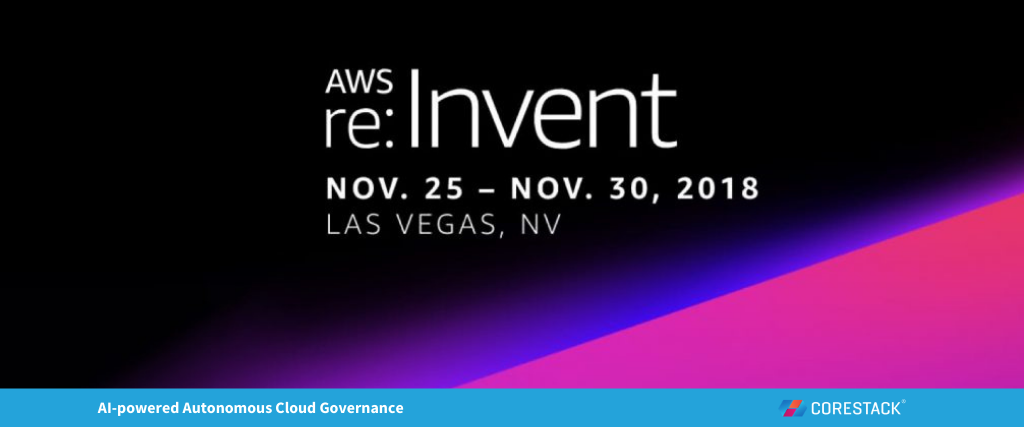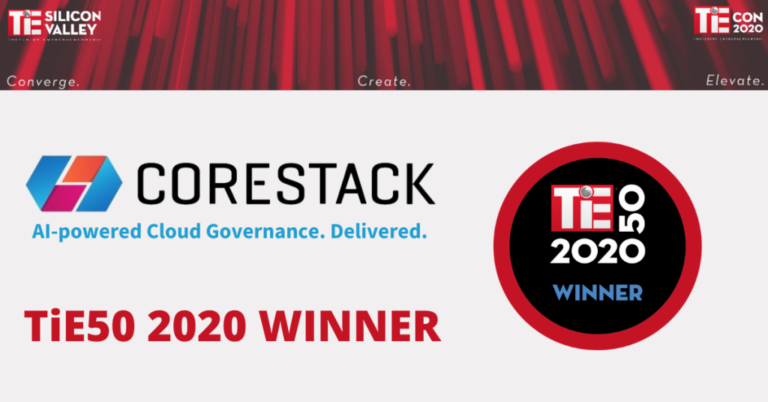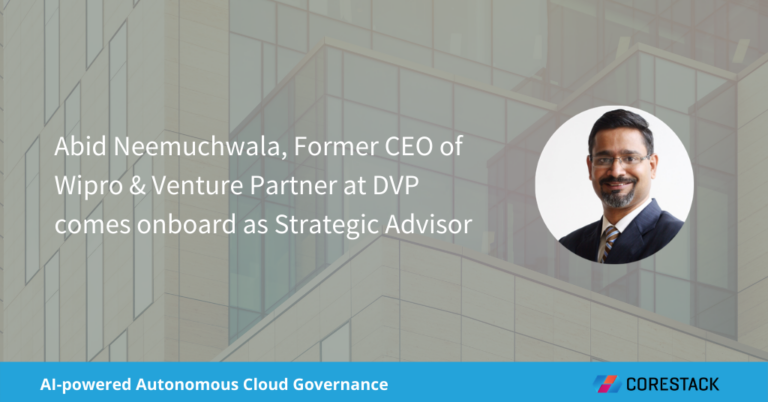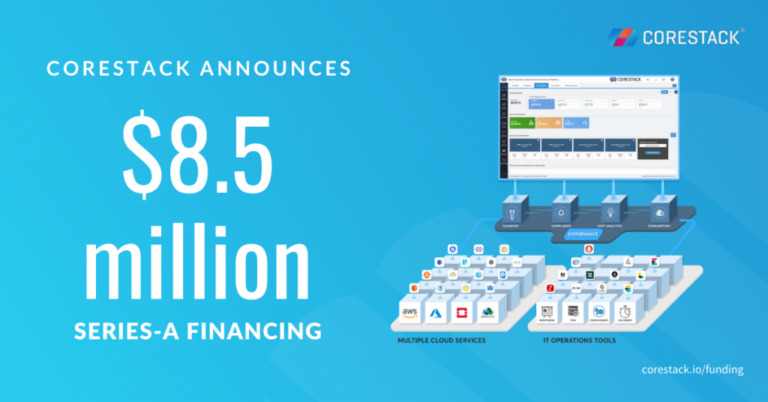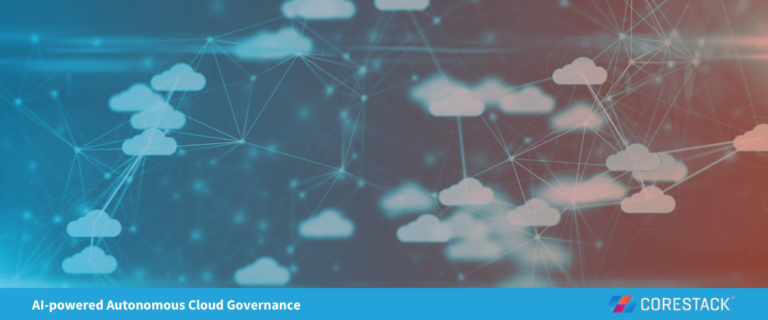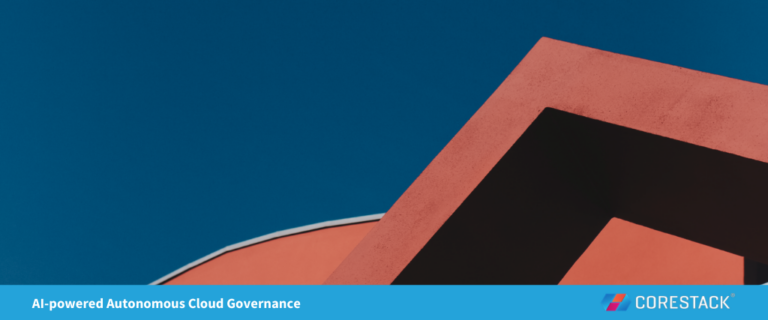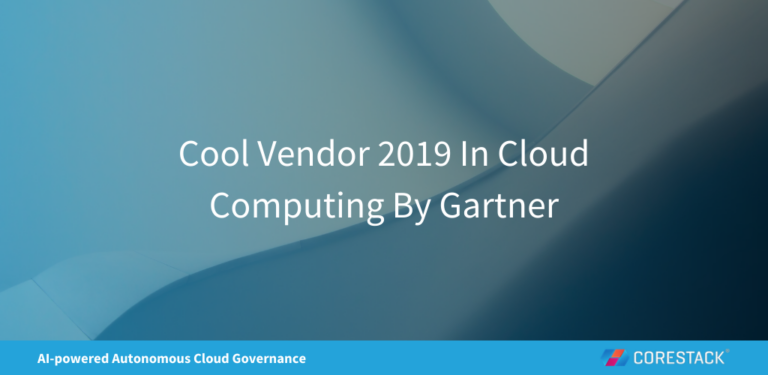Top 10 Key Takeaways From AWS re:INVENT 2018
AWS re:Invent 2018, Amazon’s annual conference was held in Las Vegas this year. It saw a participation of over 40,000 which makes it easily the biggest Cloud event in the world. As expected, AWS introduced plethora of new services and also added new functionalities into existing services. While it continues to set new trends in cloud services, it is interesting to see AWS expanding its boundaries.
Here are our Top 10 key takeaways from AWS re:Invent 2018
- AWS announces thirteen new Machine Learning services and capabilities. It has already launched more than 200 significant machine learning capabilities in last 1 year. This showcases the focus of AWS in building an intelligent cloud
- Storage is an important decision-making criterion for most Enterprises when they consider embarking on cloud journey. Amazon continues to focus on Storage category by releasing 8 new services and capabilities. This further extends its huge lead over competition
- AWS invests in Edge computing and IOT areas. It introduced four new capabilities in this space to make it easier to build strong IOT applications
- AWS continues its trend of offering commercial services based on popular open source software. It announced the launch of
- AWS App Mesh to monitor and control microservices running on AWS. App Mesh uses Envoy, an open source edge and service proxy
- Amazon Managed Blockchain to create and manage scalable Blockchain networks. It uses, Hyperledger Fabric and Ethereum, two of the popular open source frameworks
- Amazon Managed Streaming for Kafka (Amazon MSK), a fully managed service to process streaming data. It uses Apache Kafka, an open source distributed streaming platform
- AWS heard from its Enterprise customers that multi account management is an issue. Hence, introduced AWS Control Center, a new service to manage multiple accounts
- Released a free tool called, AWS Well-Architected Tool to review the state of your workloads and compare them with best practices
- Released AWS Security Hub, which gives a holistic view of high-priority security alerts and compliance status across AWS accounts from AWS Inspector, AWS GuardDuty, AWS Macie and even third-party tools
- AWS now believes in the Hybrid infrastructure model contrary to its original philosophy that everything has to be on Public cloud. AWS Outpost is its Private cloud equivalent to Azure Stack
- Amazon Relational Database Service (RDS) on VMware allows to deploy managed databases in on-premises VMware environments. With Outpost and RDS on-premise, AWS can potentially allow any of its services to run on-premise. This can be a potential threat for many of its partners and ISVs
- Here is the interesting news. AWS is testing waters beyond its usual boundaries. It introduced A1 Instances powered by AWS Graviton processor. AWS now offers 117 instance types! If AWS or someone else introduces a new service to recommend the optimal instance type for a workload, it will be an instant hit. Isn’t it?

